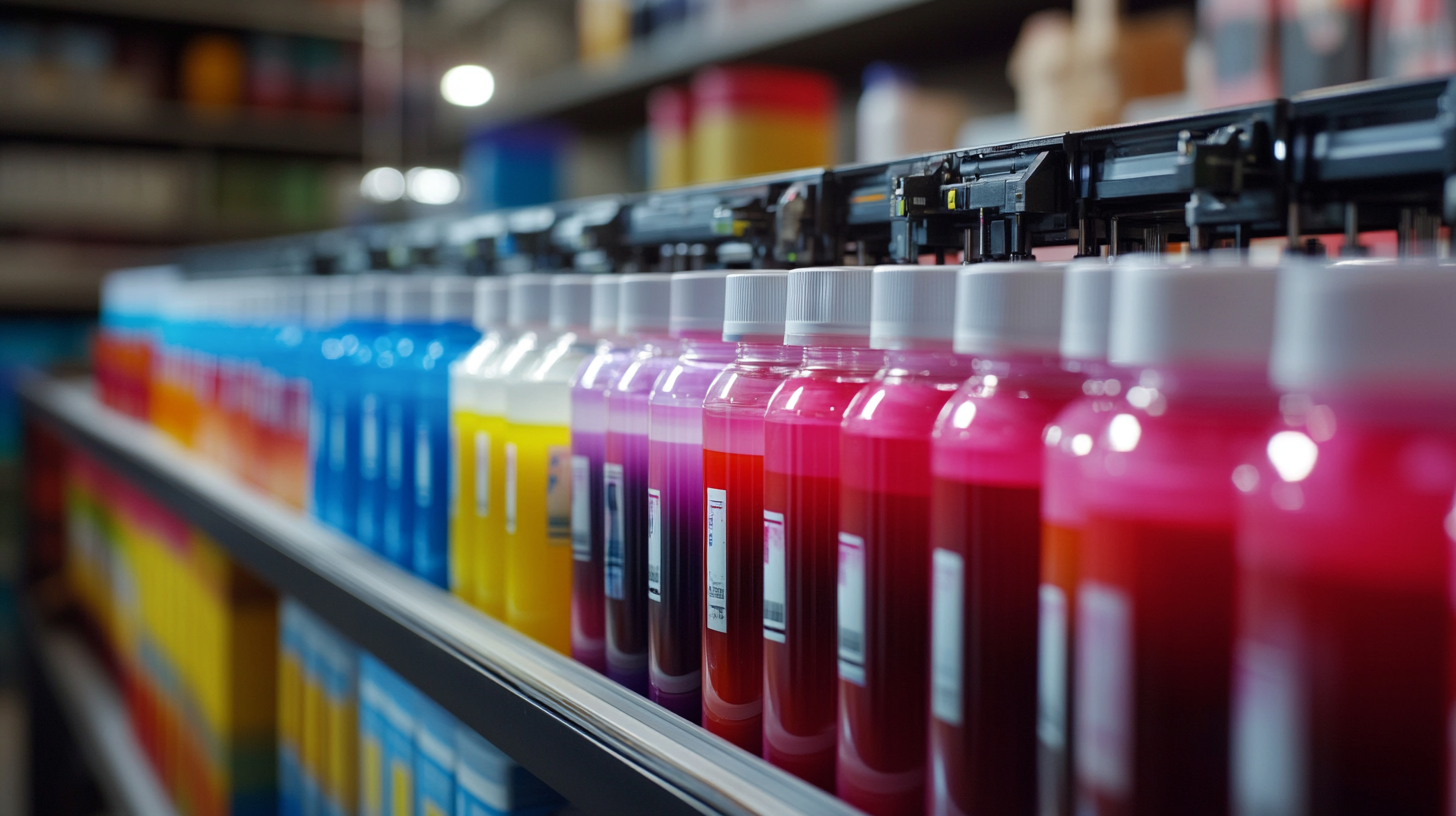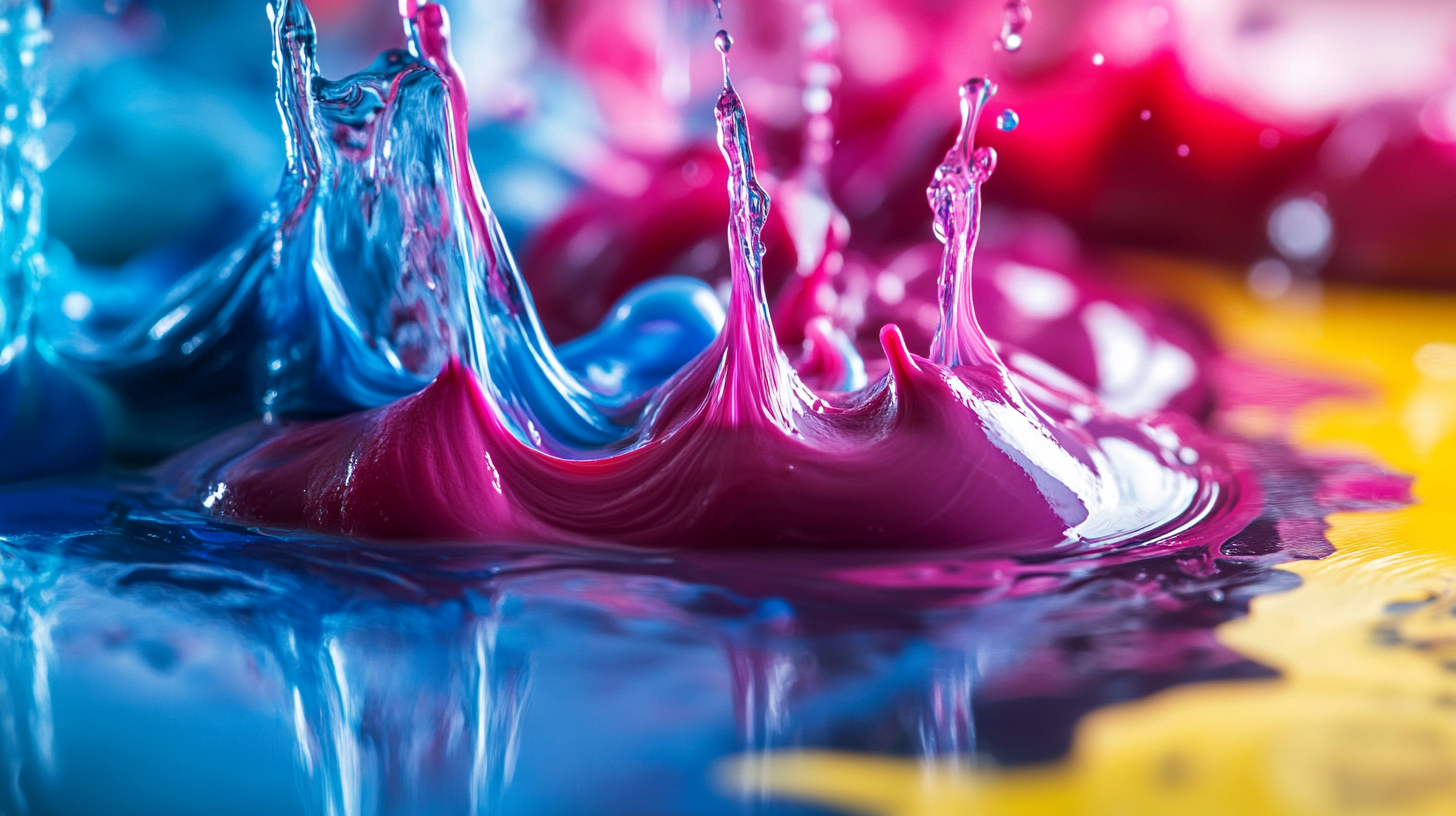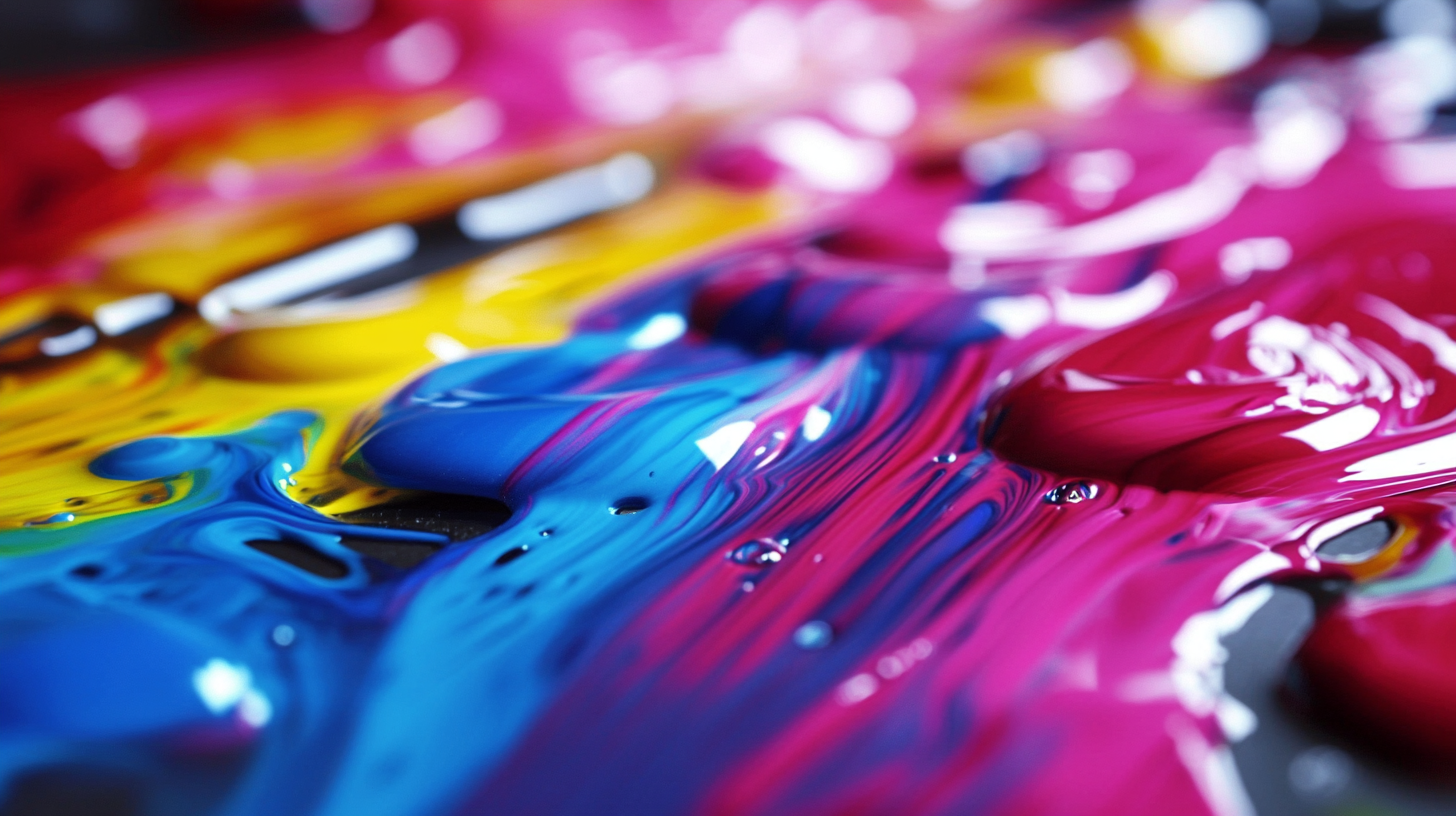Partner Login
Enter your username and password here on order to log in on the partner portal:
No registered partner yet?
Register nowUltimate Guide to Choosing the Right Printers Ink for Your Needs
In the ever-evolving landscape of printing technology, the choice of Printers Ink can significantly impact both the quality and cost-effectiveness of your final product. According to a recent market analysis by Smithers Pira, the global printing ink market is projected to reach $28 billion by 2026, highlighting the critical role that ink selection plays in various applications ranging from commercial printing to packaging. With a myriad of options available, ranging from water-based and solvent-based inks to UV-curable inks, understanding the specific requirements of your printing project is essential for achieving optimal results.
Moreover, a study conducted by the Printing Industries of America reveals that nearly 60% of printing professionals emphasize the importance of selecting the right type of ink to meet environmental regulations while maintaining print quality. Ink formulations can vary greatly, influencing factors such as drying time, color accuracy, and adhesion to substrates. Therefore, navigating the complexities of Printers Ink not only ensures compliance with industry standards but also enhances the overall customer experience. In this ultimate guide, we will equip you with the knowledge and tools needed to make informed decisions about the Printers Ink that best aligns with your unique printing needs.

Understanding Different Types of Printer Inks: A Comprehensive Overview
When it comes to choosing the right printer ink, understanding the various types available is essential for achieving optimal results. Printer inks primarily fall into two categories: dye-based and pigment-based. Dye-based inks are known for their vibrant colors and smooth finishes, making them ideal for photo printing. However, they are more susceptible to fading over time, especially when exposed to sunlight. Conversely, pigment-based inks offer greater durability and are resistant to water and UV light, making them perfect for archival prints and professional use. Identifying the right ink type for your printer is crucial to ensure compatibility and performance. Each printer model may have specific requirements for ink formulation, which can affect the output quality. For example, the latest photo printers of 2025 have been designed to work seamlessly with high-quality dye inks, delivering stunning photographic details. Meanwhile, pigment inks are recommended for tasks that demand longevity, such as fine art prints or posters. Additionally, users should consider the brand and source of the ink they choose. While third-party inks can offer cost savings, they often fall short in quality and performance compared to original manufacturer inks. Investing in the right ink not only enhances print quality but also ensures that your prints last longer and retain their visual appeal. Understanding these aspects of printer inks will empower you to make informed decisions tailored to your printing needs.

Factors to Consider When Selecting Printer Ink for Your Needs
Choosing the right printer ink is crucial for achieving optimal print quality and cost-effectiveness. One of the primary factors to consider is the type of printer you own. Inkjet printers typically use dye-based or pigment-based inks. According to a report by Smithers Pira, the global market for digital inks is projected to reach $7 billion by 2025, indicating a significant demand for high-quality ink solutions tailored to specific printing technologies.
Another important aspect is the intended use of the printed materials. For instance, if you are printing photographs, pigment-based inks are known for their longevity and resistance to fading, making them a preferred choice among photographers and graphic designers. A study by the Imaging Science Foundation highlighted that prints made with pigment inks can last up to 200 years, compared to 50 years for those made with dye-based inks. Understanding the longevity of the prints you aim to produce can heavily influence your choice.
Cost-per-page is another vital consideration. While original equipment manufacturer (OEM) inks may come with a higher upfront cost, studies have shown that using third-party inks can lead to varying results in print quality and reliability. According to a recent analysis by OKI Data, printer owners who choose third-party inks might save up to 30% on ink costs, but this could compromise on the quality and consistency of prints, particularly in high-resolution applications. Evaluating your print volume and quality expectations will ultimately guide you in selecting the most suitable ink.

Comparing Cost Efficiency: Generic vs. OEM Printer Inks
When it comes to selecting the right printer ink, understanding the cost efficiency between generic and OEM (Original Equipment Manufacturer) inks is crucial. Generic inks are often marketed as a more budget-friendly alternative to OEM inks, appealing to consumers who want to save money on their printing costs. However, the lower price tag can come with potential downsides, such as varying print quality and performance. In some cases, using generic inks may void the warranty of your printer, which can lead to costly repairs or replacements down the line.
On the other hand, OEM inks are specifically designed for your printer model, ensuring compatibility and optimal performance. They typically offer superior print quality, vibrant colors, and reliable results. While OEM inks usually come at a higher price, many users find that the enhanced performance and peace of mind make the investment worthwhile. Additionally, OEM inks may also provide better longevity, as they are formulated to work effectively with the printer's mechanics, reducing the risk of clogs and other issues.
Ultimately, the choice between generic and OEM inks boils down to your specific needs and priorities. If cost savings are your primary concern and you're willing to risk potential quality issues, generic inks may be the way to go. However, for those who prioritize reliability and high-quality prints, investing in OEM inks can pay off in the long run, resulting in a more satisfying printing experience overall.

Environmental Impact of Printer Inks: Making Eco-Friendly Choices
When selecting printer ink, it’s essential to consider not only performance and quality but also the environmental impact of your choices. Traditional inks often contain harmful chemicals and solvents that can contribute to air and water pollution. By opting for eco-friendly inks, you can significantly reduce your ecological footprint while still achieving vibrant printing results.
Many brands now offer inks made from renewable resources, such as soy or vegetable-based formulas. These inks are not only non-toxic but also biodegradable, making them a safer choice for both users and the planet. Furthermore, selecting eco-friendly inks can support sustainable manufacturing practices, helping to promote a greener economy.
Additionally, the type of printer you use can influence the environmental impact of your printing efforts. Laser printers tend to use more energy and produce more waste compared to inkjet printers that utilize eco-friendly inks. When making a choice, consider the entire lifecycle of the printer and the ink, from production to disposal. By being mindful of these factors, you can create stunning prints without compromising your commitment to the environment.
Tips for Maintaining Your Printer to Optimize Ink Usage
When it comes to maintaining your printer and optimizing ink usage, regular maintenance is key. One of the most effective ways to ensure that your printer runs smoothly and efficiently is through routine cleaning. Dust and debris can accumulate in and around the printer heads, affecting ink flow and print quality. Using a soft lint-free cloth to wipe down the printer’s exterior and carefully cleaning the interior components can help prolong its lifespan and ensure consistent performance.
Another important aspect of maintenance is monitoring your ink levels and using your printer regularly. Ink can dry up in the cartridges if they are left unused for extended periods. To prevent this, try to print at least once a week. If you notice a low ink level warning, consider replacing cartridges promptly to avoid any disruption in your printing tasks. Additionally, ensure that you are using the right ink type for your printer; using incompatible inks can not only lead to poor print quality but can also damage the printer itself.
Finally, consider adjusting your printer settings to optimize ink usage. Many printers have options to print in draft mode or in grayscale for non-essential documents. These settings can save ink significantly while still delivering acceptable quality for everyday printing. By being proactive about your printer's maintenance and watching your ink usage, you can enjoy high-quality prints without the stress of frequent cartridge replacements or costly repairs.
